Rose of Leonardo da Vinci (Leonardo da Vinci)
Leonardo da Vinci is a Floribunda rose variety. Bred by Alain Maeland in France in 1993 under the registration name 'MEIdeauri'. Introduced in 1994 by Meilland International, a French rose breeding and production company. Named after the outstanding artist Leonardo da Vinci and belongs to the "Romance" series of Meiland International. Produced by pollinating the 'Sommerwind' rose with a mixture of 'Milrose' and 'Rosamunde' pollen. Winner of the Italian Monza Rose Trials. It harmoniously combines the historical shape of the flower and compliance with modern requirements for it.
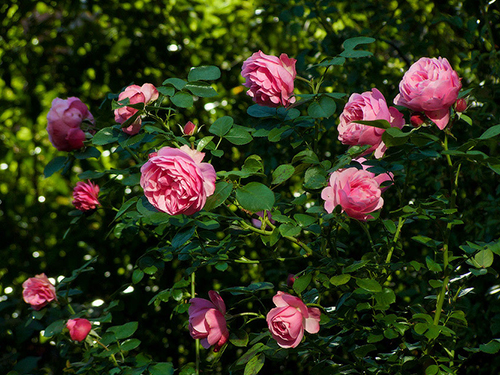
The bush is dense, spreading, erect, 60 - 150 cm high (in warm regions it can grow up to two meters), 60 - 110 cm wide. Young shoots reach a height of about 60 - 90 cm; with age, they turn into a well-leafy bush with evenly spaced flowers on it, reminiscent of old English roses. Shoots are tough and strong, with reddish thorns. Leaves are glossy, dense, deep green.
Flowers are densely double, lodged in the center, 7-10 cm in diameter; contain about 75 - 80 petals tightly adjacent to each other. The shape of roses changes during flowering from a rounded-pointed bud to a goblet. The unopened bud has a rich crimson color. The opened flowers are crimson-pink. One brush contains from 3 to 5 buds. Roses have a subtle light aroma.
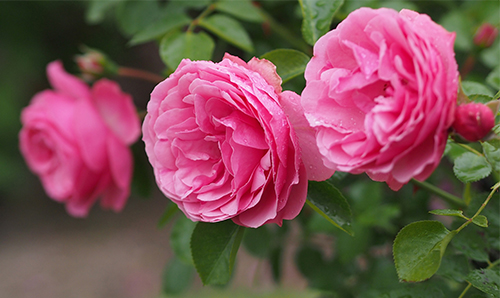
The flowering of the Leonardo da Vinci variety begins in June and lasts, with short interruptions, until the end of the summer period. Plants, with proper planting and good care, will delight you with abundant flowering already in the first year of life. Buds are formed both on last year's shoots and on young ones. The flowers are resistant to rain and summer heat.
Resistance to pests and diseases such as powdery mildew and black spot is high. But for preventive purposes, it is recommended to plant these plants in open areas, where air circulation quickly dries the leaves from moisture, reducing the risk of developing diseases.
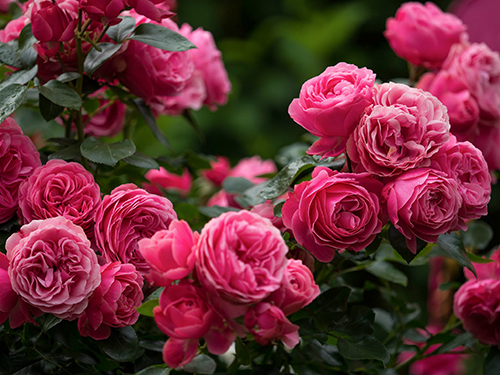
Leonardo da Vinci prefers fertile, well-drained (easily permeable to air and moisture) soils, as well as planting in well-lit areas. Regular feeding and fertilization are required. It is necessary to carry out sanitary spring and autumn pruning of shoots before wintering.
This variety is suitable for cultivation in central Russia, provided that it is planted in a place protected from cold northern winds. USDA frost resistance zone: 6b (up to minus 20 ° C). In general, the plant behaves differently in different climatic conditions. Despite its resistance to low temperatures, the plant must be covered for the winter (dry foliage, sawdust, spruce branches), after cutting off the shoots.
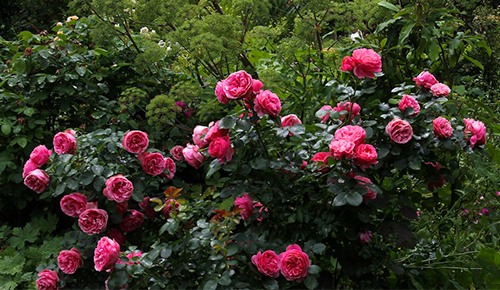
This floribunda is suitable for indoor planting, if it is possible to place it on a south window, covered balcony or warm veranda. With this method of cultivation, an annual transplant with a complete replacement of the soil is required. This plant should not be planted in a cramped pot, so the planting container should be spacious - about twice the size of the root system.
This rose is sometimes confused with the 'Red Leonardo da Vinci' variety, which has deep red flowers.
Advantages of the variety: abundant and bright flowering, resistance to bad weather conditions, unpretentiousness, resistance to diseases.
The disadvantages include the lack of a rich aroma.
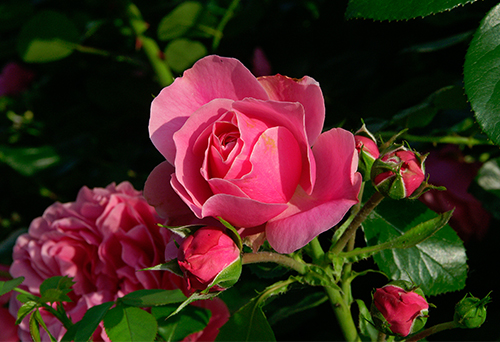
There are flowers that you fall in love with once and for life. These include Leonardo da Vinci - a bright, spectacular rose, a favorite of gardeners and landscape designers. Nostalgic shapes and romantic charm make it stand out from the rest of the roses. It is perfect for single planting, alleys, flower beds, hedges, landscaping and small rose garden. Looks gentle when paired with ‘Queen Elizabeth’, ‘Baronesse’ and ‘Gemma’. All of them bloom at the same time, harmonize in color and shape of flowers. You can also enhance the beauty of this quartet with the more delicate colors 'New Dawn' and 'Larissa'.And you can contrast this variety with lavender, sage or roses. 'Rhapsody in blue', ‘Blue for you'and' Blue Moon '. Also an intriguing quartet of Leonardo da Vinci looks in combination with varieties such as 'Robusta', 'Louise Odier' and 'Alchemilla mollis'. These fantastic compositions will be a charming and sophisticated decoration for your garden.
Remember, for the successful cultivation of roses or a small rose garden in the garden, it is necessary to take into account a number of the following factors: features of the geographical location of the site, the type and composition of the soil, climatic conditions of the area, water balance and illumination of the planting area.
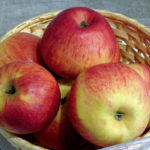
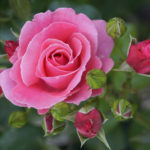
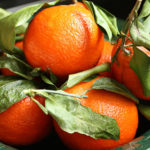

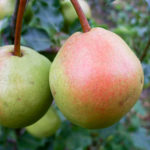
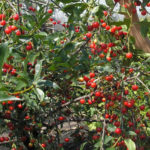



“There are flowers that you fall in love with once and for life” - this is about Leonardo da Vinci. Favorite, has been growing in the garden for many years. Absolutely problem-free rose, never sick with anything. A compact bush, delicate pink color and a flower shape reminiscent of the cream on the cake. Perfectly complements and emphasizes other varieties of roses. In the fall, I tilt the connected branches and cover them with agrofibre. Winters well. In the spring, I prune dry, old branches, and in the rain I scatter some nitrogen fertilizer in a dry form. Closer to autumn, I can add potassium-phosphorus. This is all the care. It blooms steadily a couple of times a season, the buds open gradually, so the main flowering is long-lasting. A rose that always has a place in the garden.